Today is World Manta Day 2021 – a day to celebrate manta rays around the world as well as raise awareness of the threats they are facing worldwide. We thought we’d take this opportunity to share some facts about these incredible animals!
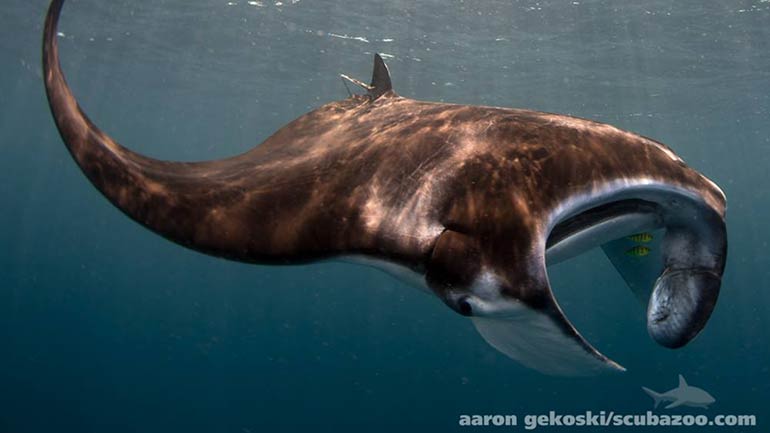
There are two types of manta rays, the Oceanic Manta (M. Birostris) and the Reef Manta (M. Alfredi). Oceanic mantas can reach a wingspan of 7 metres, with the largest individual ever recorded measuring over 9m!! Reef mantas are a little smaller at 3-5m (still pretty huge, we know!)
Despite being very large animals, manta rays are completely harmless – unless you are a zooplankton that is… Mantas are filter feeders, and feed on tiny animals called zooplankton which are commonly found near the surface.
They’re not actually manta rays anymore! At least scientifically… A study from 2017 showed that manta rays are much more closely related to mobula rays (or devil rays) than originally thought. The genetic makeup is so similar, their small differences do not warrant the separation of the genera. This led to the reclassification of mantas into the Mobula genus. Despite this fact, divers and snorkelers all over the world have since kept on using the beloved term “manta ray” to describe these gentle giants!
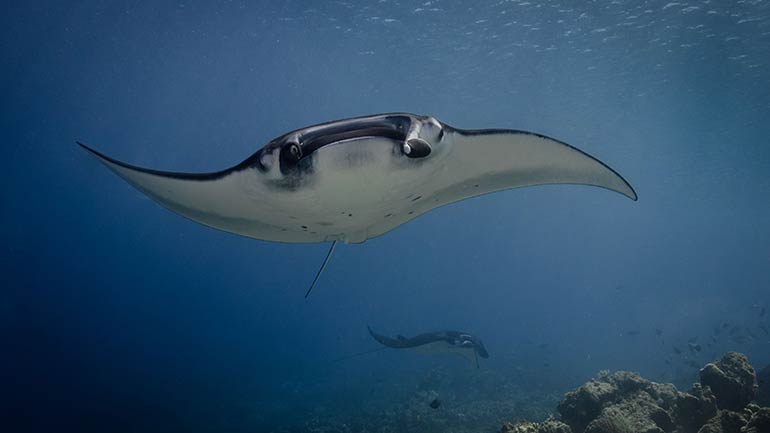
Manta rays have the largest brain-to-body weight ratio of any fish – they are incredibly intelligent animals! If you’ve ever encountered one underwater, you’ll likely have noticed that they are very curious, and there have been many reports from divers across the world about complex social interactions! Studies have even shown that manta rays can recognize themselves in a mirror – which indicates high intelligence also seen in dolphins, elephants and primates.
Each manta ray has an individual spot pattern (think fingerprint) on their underside. This pattern can be used to identify individuals and is very helpful for researchers to understand more about their behaviour (which in turn is essential to further protect them). We always encourage our guests with cameras who manage to get pictures of their belly to submit the photo on www.mantamatcher.com – a great initiative to help identify and protect manta rays through citizen science.
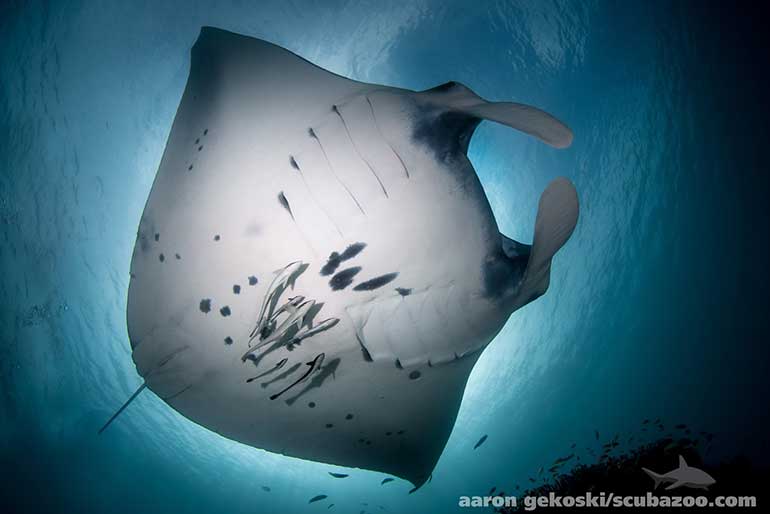
If you’re a diver you probably already know that you should never ever touch marine life. But did you know why? Like many other fish, a manta rays skin is covered in a film of mucus, which serves as a protective layer. This is one of the reasons you should never ever touch a manta ray – your hands can break the film and leave them vulnerable to infections and disease. In addition, many of us are also using beauty products or perhaps sunscreen, which can also be very harmful for manta rays!
Mantas have to keep swimming to survive. It is essential to push water through their gills. If they would stop swimming they would not survive! This is why discarded fishing nets and other marine debris is so dangerous to manta rays (and other sharks/rays and marine life for that matter).
Manta rays have very long gestation periods, and usually give birth to just ONE single live pup every few years. The pups resemble a miniature manta ray and can immediately survive on their own, without any parental care. Manta rays take approximately 10 years to reach sexual maturity, and the pregnancy lasts for nearly 13 months! Their slow reproduction rate combined with the many threats they are facing are sadly contributing to declining manta ray numbers across the globe.
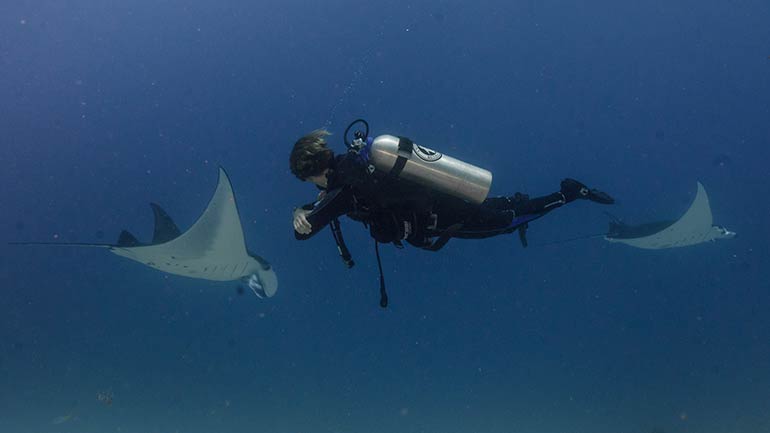
Sadly manta populations all around the world are declining, and are facing a number of different threats. Perhaps the biggest threat to manta ray populations is overfishing – whether unintentionally through bycatch or being hunted for their body parts. They are hunted both for their meat, and ever more for their gill plates – which are in high demand in certain types of traditional medicine – despite a severe lack of evidence that they have any health benefits to the consumer. Thousands of manta rays are killed each year for their plates, and they are listed as Endangered (Oceanic) and Vulnerable (Reef) on the IUCN red list.
Another imminent danger manta rays are facing is related to climate change, which is threatening to change the supply and quantity of zooplankton – their main source of food. Coral bleaching can as well lead to the destruction of habitat and cleaning stations.
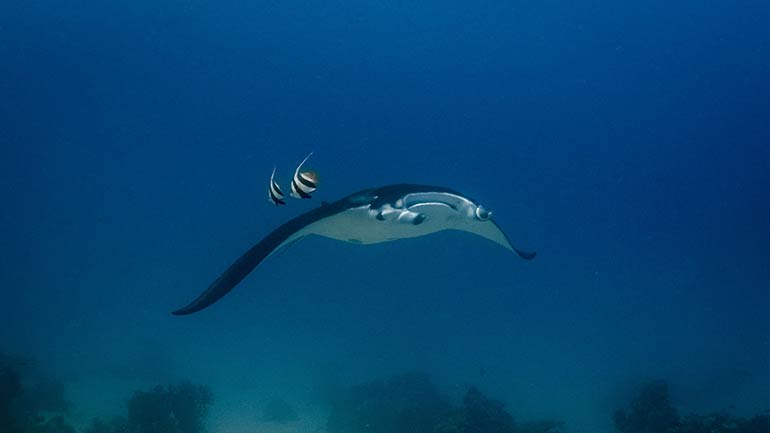
We are very fortunate here at Scuba Junkie Sangalaki as we still have a very healthy population of manta rays in our waters. In fact, Sangalaki is one of the best places in the world to dive with manta rays! The island offers incredible opportunities to dive and snorkel with mantas, all year round. We often see them passing by even on our surface intervals! Want to know more about the diving around here? Check out the different islands in the Sangalaki Marine Park here!

